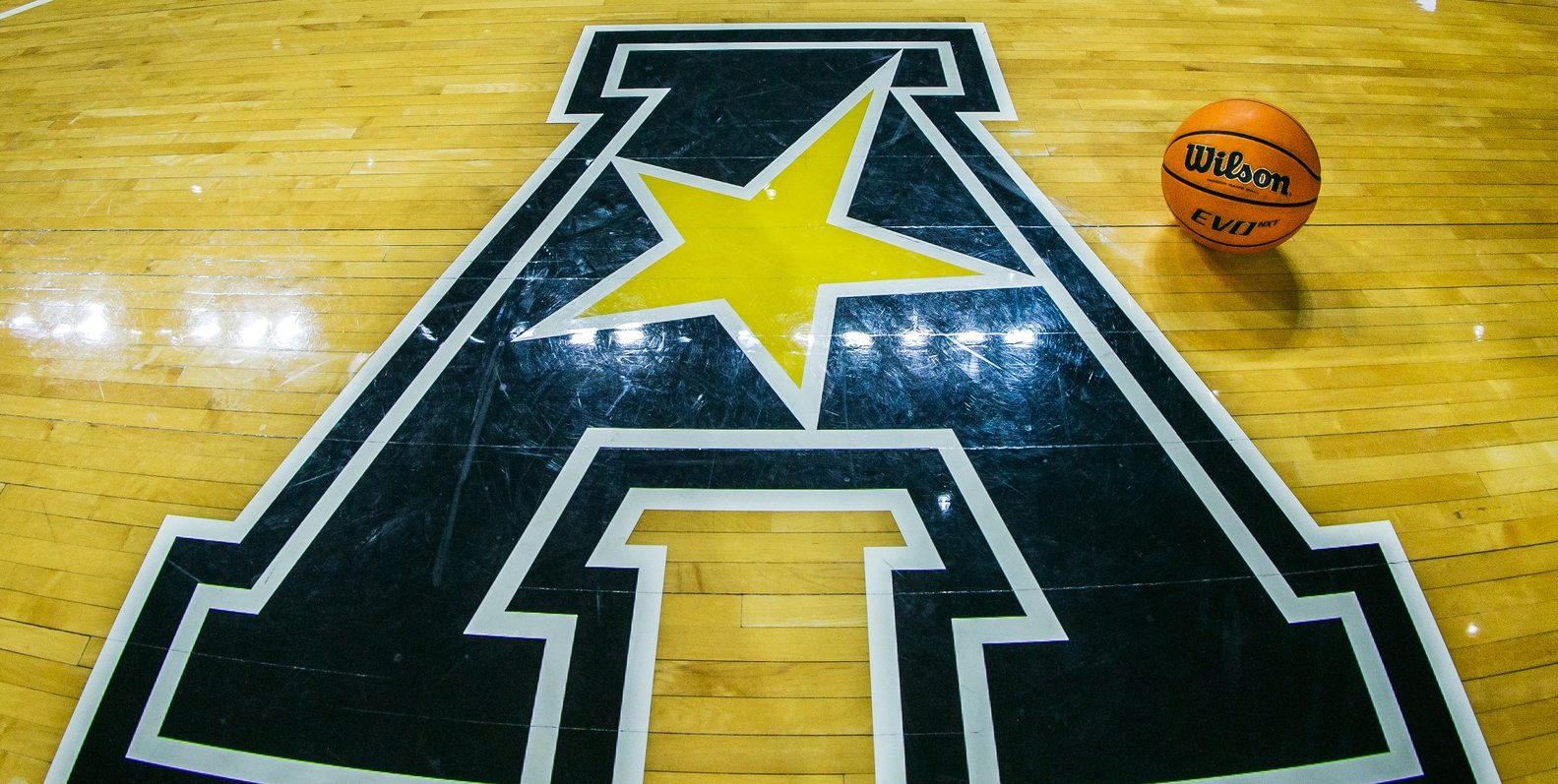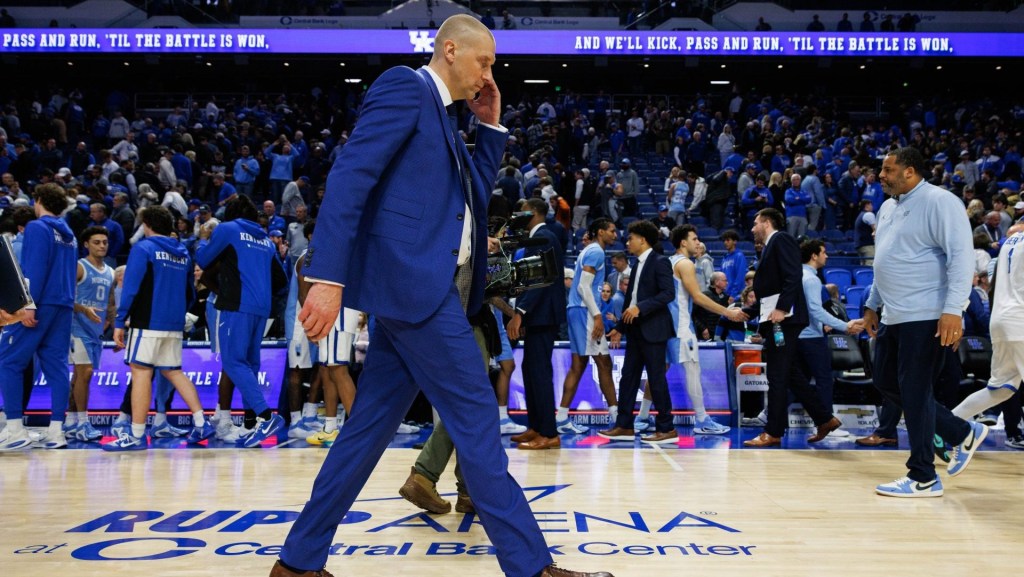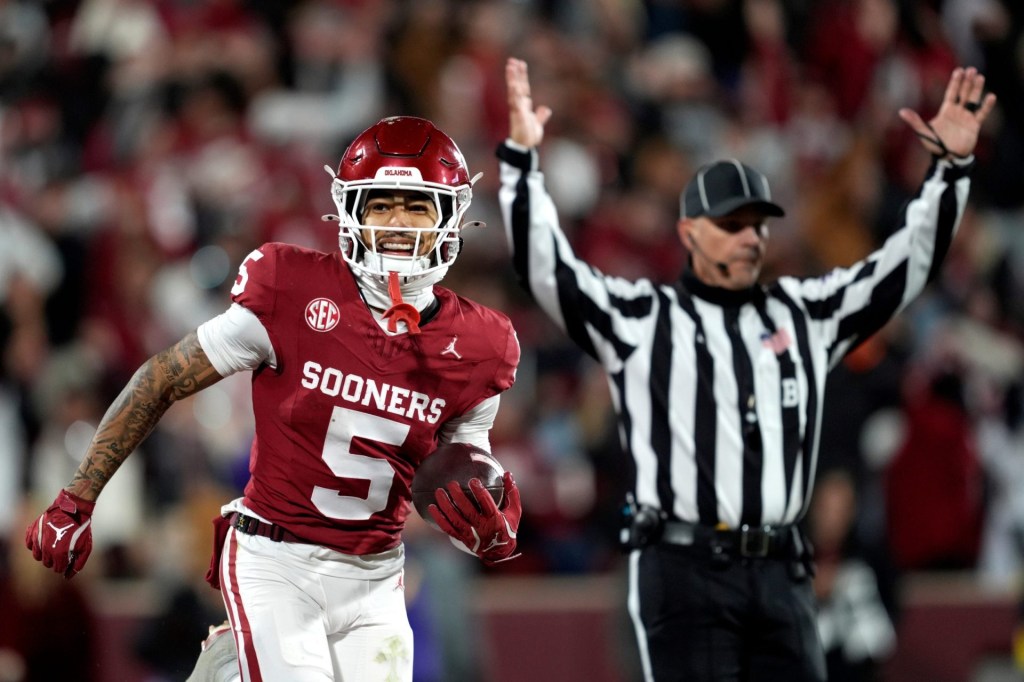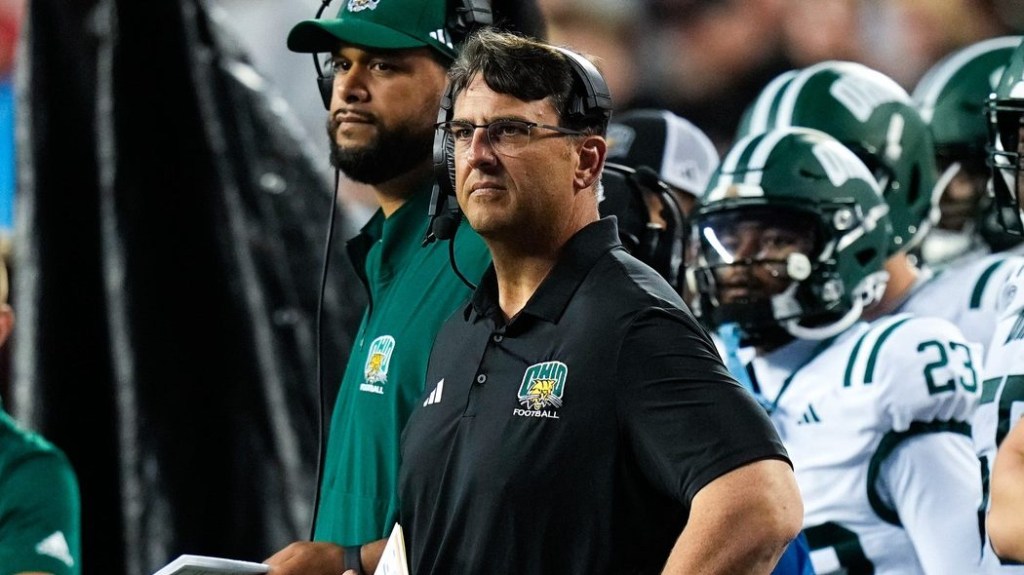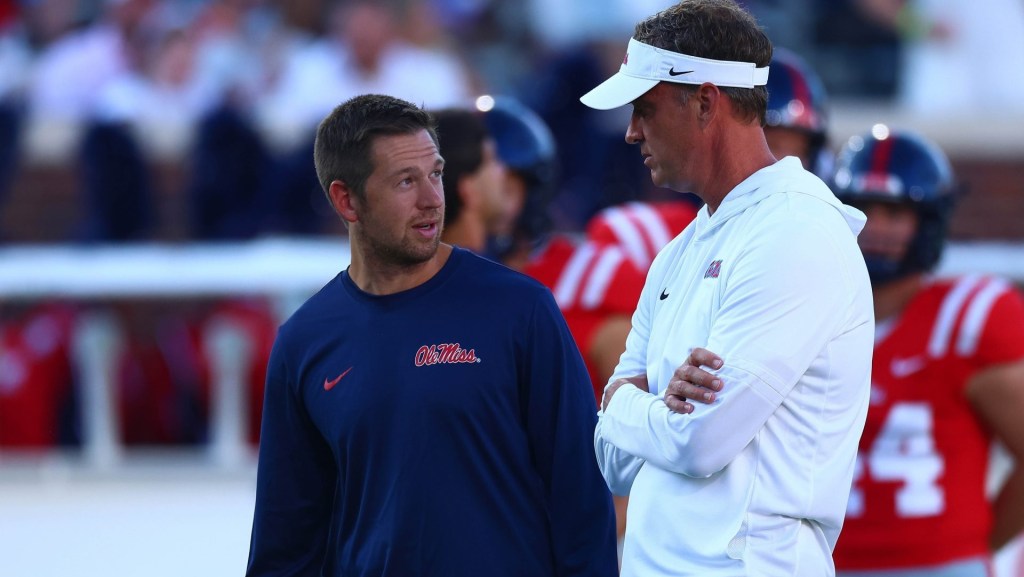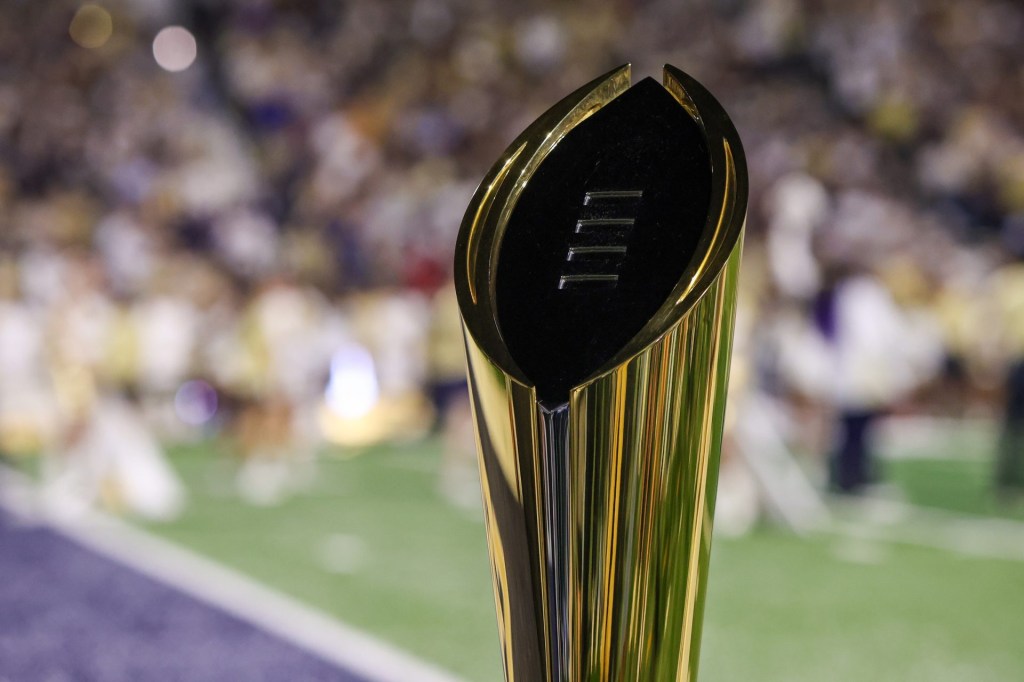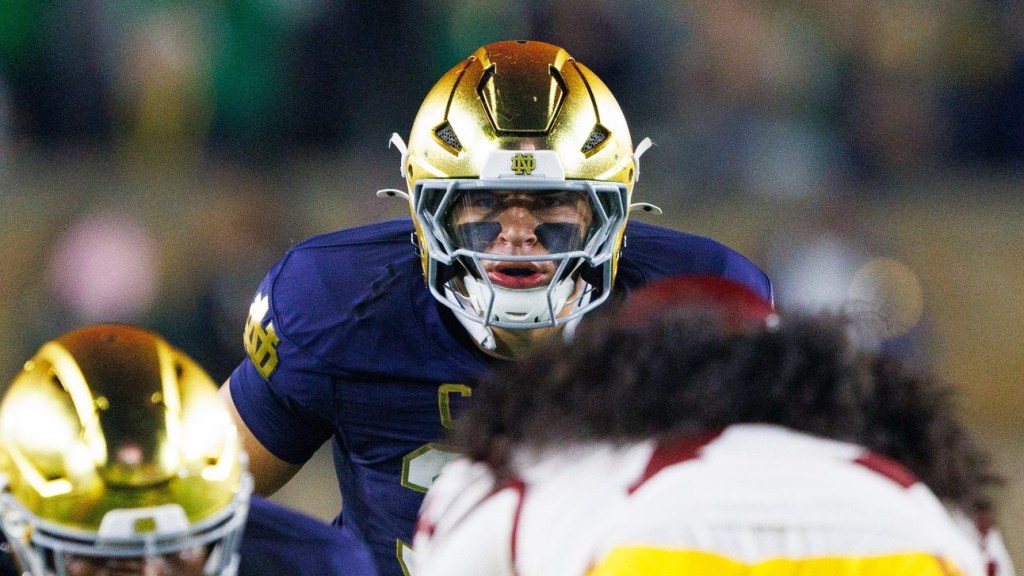This year’s March Madness results have been an indicator that the NCAA’s most powerful and deep-pocketed programs may be the biggest benefactors of the era of NIL (name, image, and likeness) and a free-agency-like transfer portal.
Only Power 4 teams qualified for the Sweet 16 on the men’s side this year. UConn was the exception on the women’s side—though it is arguably the most successful program in women’s college basketball history.
The SEC set a record as 14 of its 16 programs qualified for the men’s tournament. It parlayed that into $70 million in prize money from 35 units earned, also a record for any conference. The Big Ten and its growing pool of programs also set its own record with 12 of 18 schools in the tournament and finished with $42 million from 21 units.
On the women’s side, it was the first year the NCAA awarded prize money for units, and both conferences also topped the league in earnings. The SEC secured $3.4 million from 30 units and the Big Ten followed with $3.2 million from 28 units.
The rich could get even richer if conferences decide to award the prize money directly to the schools based on the number of units they’ve earned, leaving those out of the tournament with nothing. According to Sports Business Journal, the American Athletic Conference approved a rule Wednesday that would give schools 100% of the value of the units they earned in the NCAA tournament, both in the men’s and women’s division.
The AAC is not one of the power programs, but its decision may set a precedent for the Power 4. While the model would reward teams for their success, it would be another setback for those at the back of the pack that may already be seeking more funding to improve their programs.
